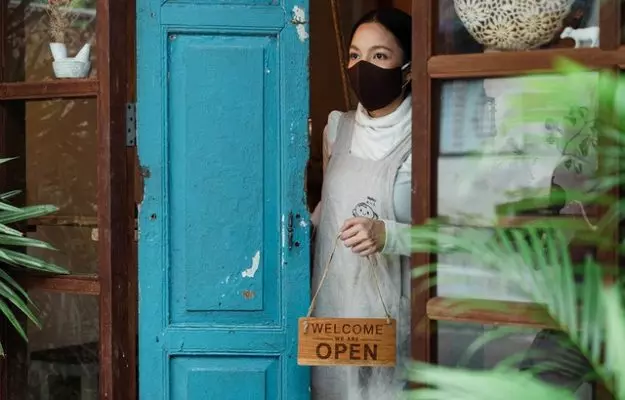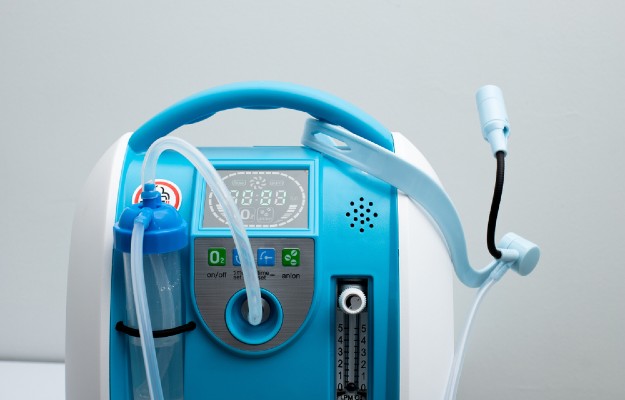Positive news amid the gloom and doom of COVID-19 is naturally welcome. And when that news is about a potential way to end this global health crisis, it is doubly appreciated.
In just such a missive, mathematicians at the School of Mathematical Sciences, University of Nottingham, UK, and Department of Mathematics, Stockholm University, Sweden, have pointed out that we may have been overestimating the number of people who need to gain immunity to COVID-19, to offer herd immunity (collective immunity) to the public at large.
According to their model, if 43% to 49.1% of the population recover from COVID-19, it could be enough to break the chain of transmission. This is a significant step down from earlier estimates that said 60-70% of the population had to have immunity to the new coronavirus infection before everyone could be considered safe.
The reason for the revision is something quite simple: there are different types of people in any society. For example, some are more social than others and therefore more likely to get and transmit a contagious disease. And others are less socially active than the mean. These two groups need different levels of immunization—a difference that most public health models have flattened so far.
“No realistic model will depict human populations as homogenous, there are many heterogeneities in human societies that will influence virus transmission,” the authors wrote in their paper, published on 23 June 2020 in Science, a peer-reviewed journal.
Why does herd immunity matter?
Herd immunity is, of course, the public health term to explain why contagious diseases can’t spread when a certain number of individuals in a community are immune to it.
Here’s how it works: Let’s say 1,000 people are living in a commune. None of them has immunity to a new virus, virus A (this is what happened with SARS-CoV-2, a coronavirus which was unknown till 2019, so no one in the world had immunity to it). If virus A causes a disease that can spread from one person to another (this is true for SARS-CoV-2 which causes COVID-19), then as some of these 1,000 people start to get the viral infection, they will transmit it to other people.
Now, each person will transmit the infection to several people depending on the virus’ R0 (R-nought or rate of reproduction). An R0 of 2.5 would mean that each sick person gives the disease to 2.5 healthy people on average. Eventually, enough people will recover from the disease that the virus will no longer be able to jump from one person to another and cause sickness—this is because each person who recovers will develop antibodies (the body’s weapons of destruction against pathogens) to this virus. Viruses need a host to survive. In the absence of suitable host bodies, they peter out—this is what happens in the case of herd immunity.
According to the earlier estimate, 600-700 people in this commune would have to gain immunity from COVID-19 to afford protection to all 1,000 (herd or collective immunity). This new estimate puts the number at less than half the population—430-491 people out of the 1,000 are enough to make the population unviable for the virus.
Read more: How does COVID-19 spread?
Rethinking herd immunity?
No, the new model does not challenge the classical understanding of herd immunity. It merely points out that societies are heterogeneous—there are people of different ages and, more importantly, varying social activity levels in each age group/society/region/state/country. The more social among us are more likely to get infected and pass on the infection, as they simply meet more people.
The authors point out that herd immunity can be achieved with fewer people when it is through direct infection rather than through homogenous vaccination drives—vaccines are, of course, a safer and surer way to achieve herd immunity but as of now, there’s no guarantee that we will be able to develop an effective COVID-19 vaccine.
Further, the authors of this study point out that this model is illustrative rather than “an exact value or even a best estimate”. The model is based on some (science-backed) assumptions which the authors have shared along with their paper. For example, they assume that the virus remains latent (doesn’t cause illness) for three days, after which there are at least four days when the person feels properly sick. They also assume that the R0 for SARS-CoV-2 is around 2.5, though they ran the model for different R0s from 2-3, and different age groups (with R0 of 2.5).
According to this model, we need 43% of the population to become immune if the R0 of this virus is 2.5. Nearly half (49.1%) of the population will have to gain immunity if the R0 is 3. The authors have warned against using either percentage as a given. Also, at no point do the authors suggest flouting rules like social distancing—some of the most effective non-pharmaceutical measures for preventing COVID-19 are indeed built into the model.
The point of the exercise, as the authors point out many times in their paper, is to realise that if we develop our models based on how people live in real life, then we have a better chance of coming up with effective strategies to break the chain of transmission, and even avoid any second wave of infection.



















